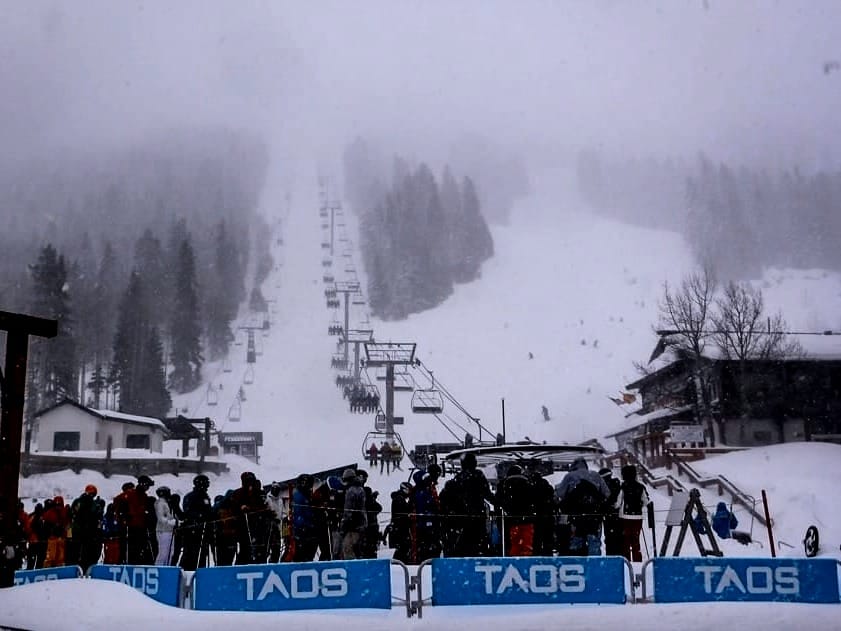GENEVA (AN) — Almost two decades ago, the $100 billion chocolate industry promised the International Labor Organization it would eliminate child slavery on West African cocoa plantations. A new report on Monday finds that pledge not only remains unfulfilled — things have gotten worse.
The detailed report commissioned by the U.S. Labor Department and carried out by the University of Chicago's National Opinion Research Center found the industry's use of child labor in its supply chains is on the rise.









